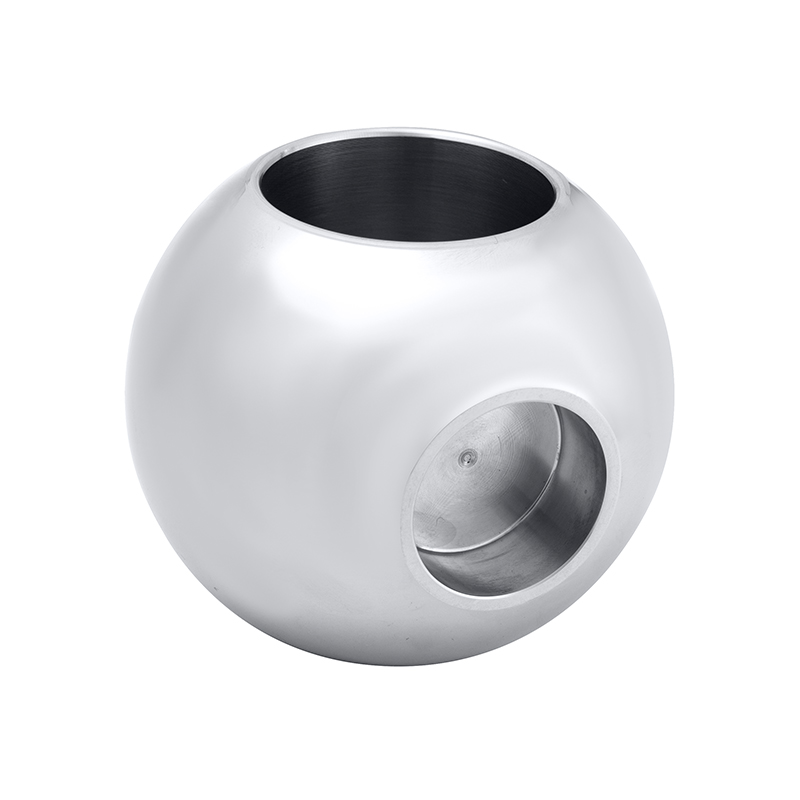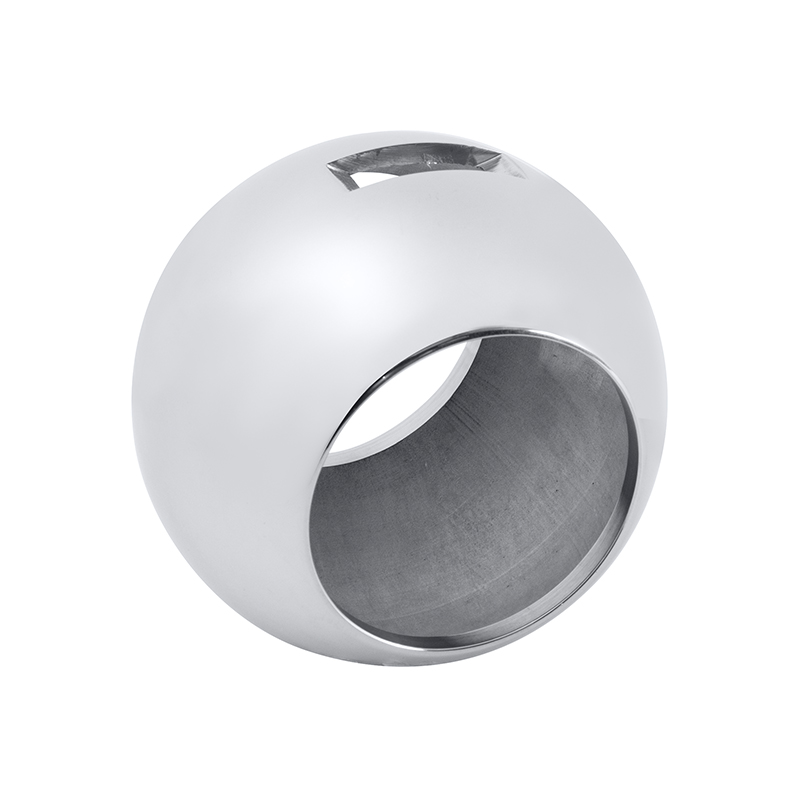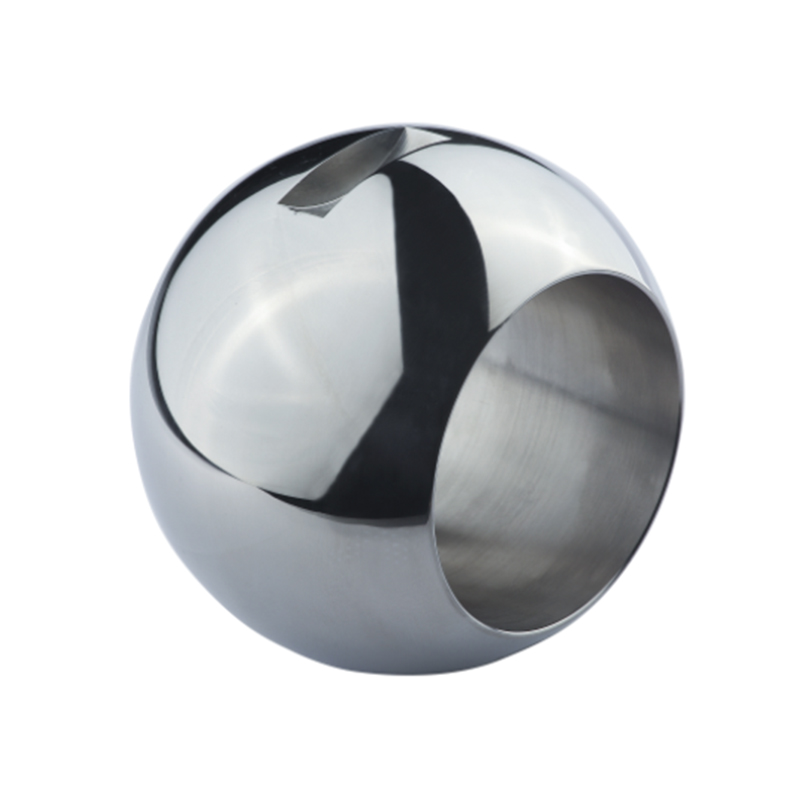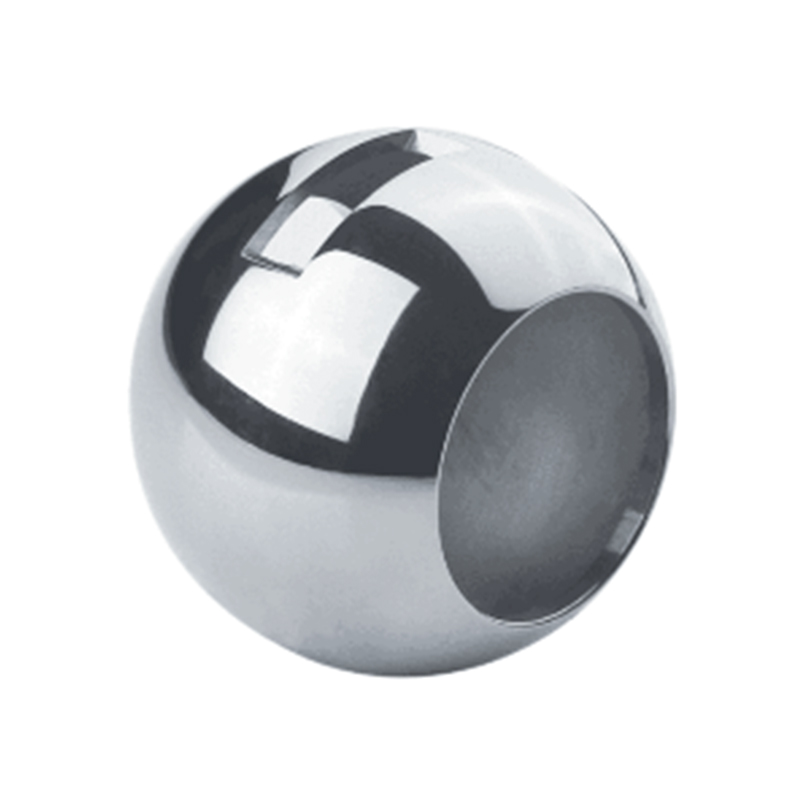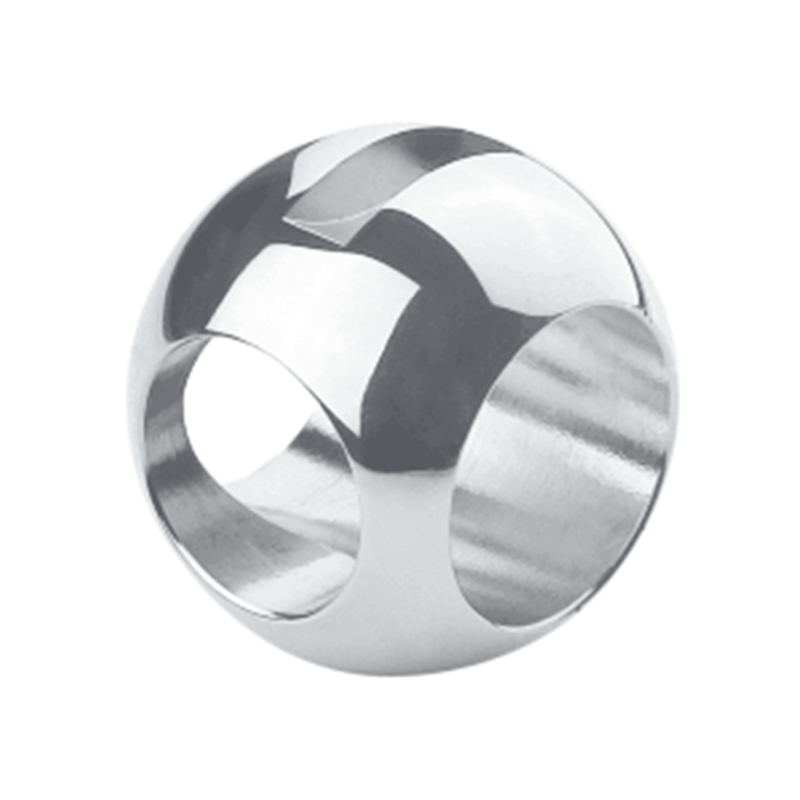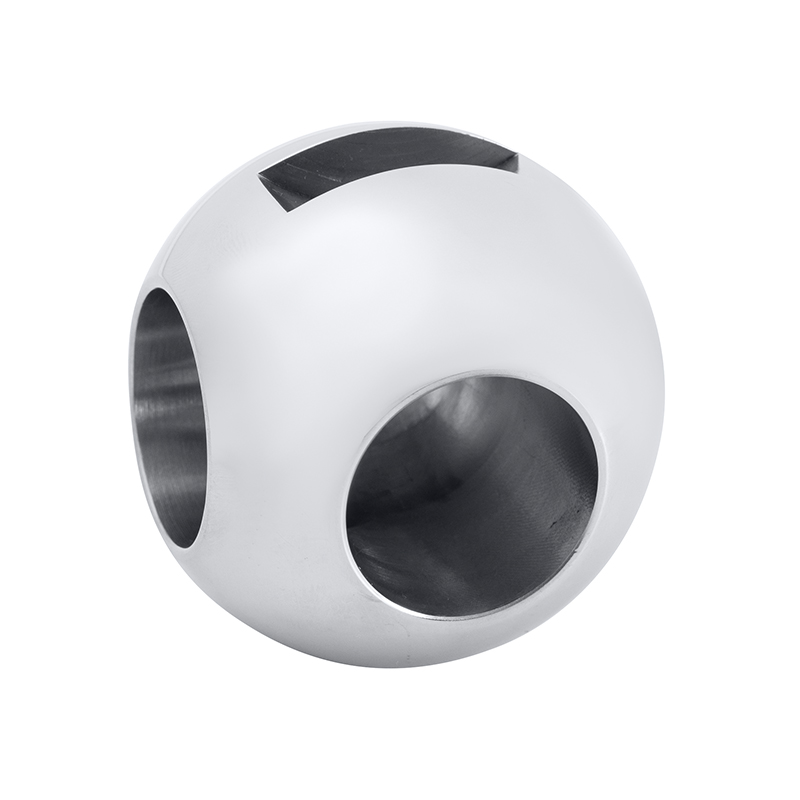In the realm of industrial valves, precision and durability are critical factors that dictate performance and longevity. Among the various components, micro-precision valve balls play a pivotal role in ensuring smooth and reliable operation, especially in specialized valves such as the 3 way bronze ball valve and heavy duty brass float valve. These valves are widely used across sectors, including water treatment, HVAC systems, and industrial fluid control, where the integrity of the valve ball directly impacts efficiency and safety. However, manufacturing micro-precision valve balls is a complex process that involves numerous challenges.
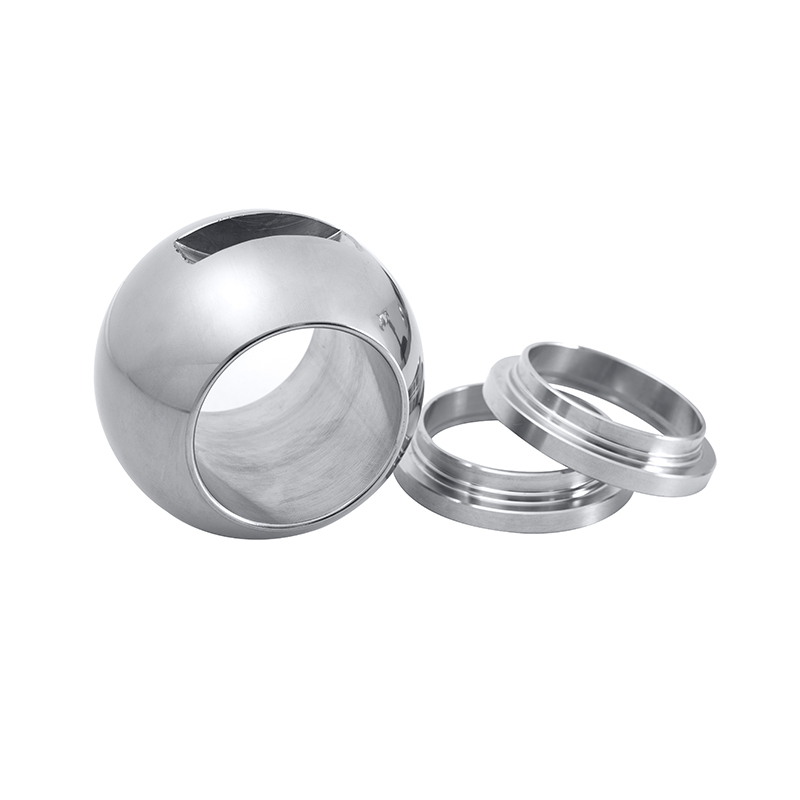
Material Selection and Consistency
One of the challenges in producing micro-precision valve balls is selecting the right material that can withstand demanding operating conditions. For a 3 way bronze ball valve, bronze alloys are favored due to their corrosion resistance, machinability, and strength. Meanwhile, heavy duty brass float valves require brass materials that offer durability under frequent movement and exposure to water or chemicals.
Ensuring consistency in the alloy composition is crucial because any slight deviation can affect hardness, corrosion resistance, or surface finish. Manufacturers must carefully control the melting and casting process, often employing sophisticated analytical tools to monitor chemical composition and microstructure. Variations in material quality can advance to premature wear, leakage, or failure in the valve assembly.
Precision Machining and Surface Finish
Micro-precision valve balls demand badly tight tolerances and advanced surface finishes to function correctly within the valve body. The ball must fit ideally with the valve seats, enabling a complete seal and smooth rotation. For 3 way bronze ball valves, which redirect fluid flow between three different ports, the precision of the ball is even more critical to avoid cross-leakage and maintain system integrity.
Machining such small components to precise dimensions requires advanced CNC machining centers and specialized tooling. The challenge lies in achieving consistent roundness and diameter, often within micrometer tolerances. Additionally, the surface finish must be polished to a near-mirror quality to reduce friction and wear. This process involves multiple stages of grinding, lapping, and polishing, each adding complexity and cost to production.
Heat Treatment and Hardness Control
After machining, valve balls typically undergo heat treatment to enhance hardness and wear resistance. The challenge here is to balance hardness with toughness—over-hardening can advance to brittleness and cracking, while under-hardening may cause rapid wear in service. For components used in heavy duty brass float valves, which frequently endure mechanical stress and fluid pressure fluctuations, achieving the correct hardness profile is critical.
The heat treatment process must be precisely controlled, involving carefully monitored temperature cycles and cooling rates. Inconsistent heat treatment can cause internal stresses or dimensional changes that affect the ball’s fit and function within the valve.
Quality Control and Testing
Given the critical role of micro-precision valve balls in the overall valve performance, rigorous quality control is essential. Each batch of valve balls for 3 way bronze ball valves and heavy duty brass float valves must undergo dimensional inspections, hardness testing, and surface finish evaluations. Non-destructive testing methods such as ultrasonic inspection or dye penetrant testing may be used to detect internal defects or surface cracks.
Automated inspection systems equipped with high-resolution cameras and laser measurement devices help ensure repeatability and accuracy. However, integrating these systems into the manufacturing workflow presents challenges in terms of cost, training, and process optimization.
Handling and Assembly
Micro-precision valve balls are delicate components that require careful handling to prevent surface damage or contamination. In the assembly of 3 way bronze ball valves and heavy duty brass float valves, maintaining cleanliness and avoiding scratches or dents is essential to preserve the sealing capability and smooth operation.
This necessitates the use of clean rooms or controlled environments during final assembly stages. Automation can help reduce human error, but it requires significant investment in specialized equipment and process validation.
Balancing Cost and Performance
Finally, manufacturers face the ongoing challenge of balancing cost-effectiveness with the demanding performance requirements of micro-precision valve balls. The materials, machining processes, heat treatments, and quality control measures all contribute to production costs. Producing valve balls that meet stringent standards without excessive expense requires continual optimization of manufacturing techniques and supply chain management.
For valves like the 3 way bronze ball valve and heavy duty brass float valve, customers expect reliable performance and longevity. Manufacturers must therefore focus on improving process efficiency while maintaining the necessary precision and quality.
In conclusion, the production of micro-precision valve balls involves navigating a complex set of technical and operational challenges. From careful material selection and advanced machining to heat treatment and quality control, every step impacts the final product's reliability and performance. For components used in 3 way bronze ball valves and heavy duty brass float valves, addressing these challenges is essential to meet the demanding needs of modern fluid control applications.

 English
English Español
Español Deutsch
Deutsch
